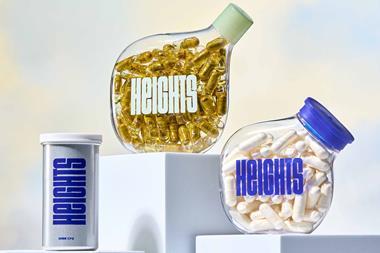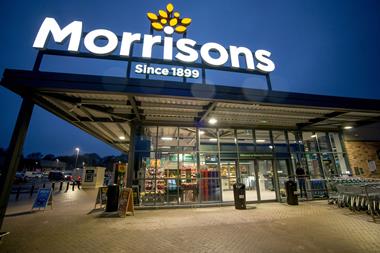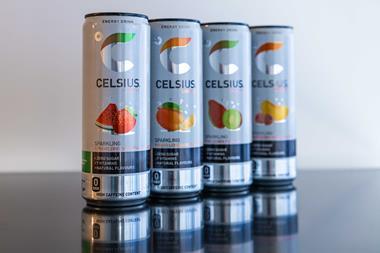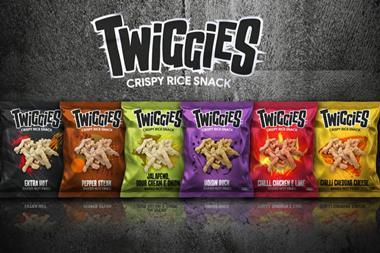Electric toothbrushes are becoming more like manual ones as manufacturers listen to customer demands
Managing customers’ expectations will be key to the success of new oralcare concepts such as Oral B Brush Aways teeth wipes, analysts say, citing battery toothbrushes as an example of how poor product performance can result in consumers voting en masse with their feet.
IRI figures for the year to October 30 reveal that battery brushes slumped 15.4% in value and 13% in volume. Although Oral B believes that the Brush Away’s first five months on the market have been successful, analysts warn that success could be short-lived. Dragon’s Claire Nuttall says: “Convenience is a real opportunity as long as people do not see it as offering the same as a toothbrush clean.”
However, companies are still sticking with electric varieties, just making them more like manual toothbrushes. Colgate-Palmolive recently launched its battery-powered pulsing MicroSonic brush, which it says closely mimics manual toothbrushes, with a much smaller handle and standard bristles.
John Revess, senior marketing manager for oralcare at Colgate, says: “MicroSonic looks and feels like a manual toothbrush. We want to win back people who tried electric and went back to manual.”
The company also recently launched 360, a brush with textured tongue and cheek cleaner, as well as rubber polishing cups, to add greater value to the toothbrush category.
GlaxoSmithKline research shows that consumers spend on average 119 seconds choosing a toothbrush compared with the 84 seconds spent choosing toothpaste. Next month it will be relaunching its Aquafresh toothbrush range as a rationalised line-up with new benefit-led packaging.
Managing customers’ expectations will be key to the success of new oralcare concepts such as Oral B Brush Aways teeth wipes, analysts say, citing battery toothbrushes as an example of how poor product performance can result in consumers voting en masse with their feet.
IRI figures for the year to October 30 reveal that battery brushes slumped 15.4% in value and 13% in volume. Although Oral B believes that the Brush Away’s first five months on the market have been successful, analysts warn that success could be short-lived. Dragon’s Claire Nuttall says: “Convenience is a real opportunity as long as people do not see it as offering the same as a toothbrush clean.”
However, companies are still sticking with electric varieties, just making them more like manual toothbrushes. Colgate-Palmolive recently launched its battery-powered pulsing MicroSonic brush, which it says closely mimics manual toothbrushes, with a much smaller handle and standard bristles.
John Revess, senior marketing manager for oralcare at Colgate, says: “MicroSonic looks and feels like a manual toothbrush. We want to win back people who tried electric and went back to manual.”
The company also recently launched 360, a brush with textured tongue and cheek cleaner, as well as rubber polishing cups, to add greater value to the toothbrush category.
GlaxoSmithKline research shows that consumers spend on average 119 seconds choosing a toothbrush compared with the 84 seconds spent choosing toothpaste. Next month it will be relaunching its Aquafresh toothbrush range as a rationalised line-up with new benefit-led packaging.

















No comments yet